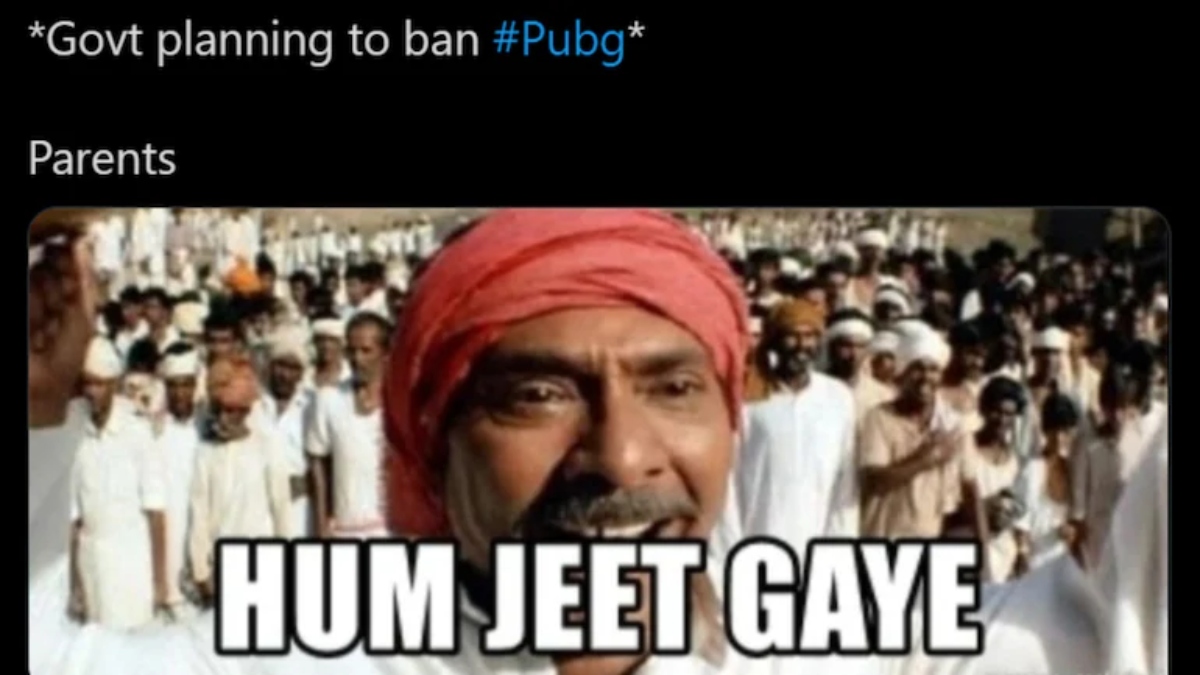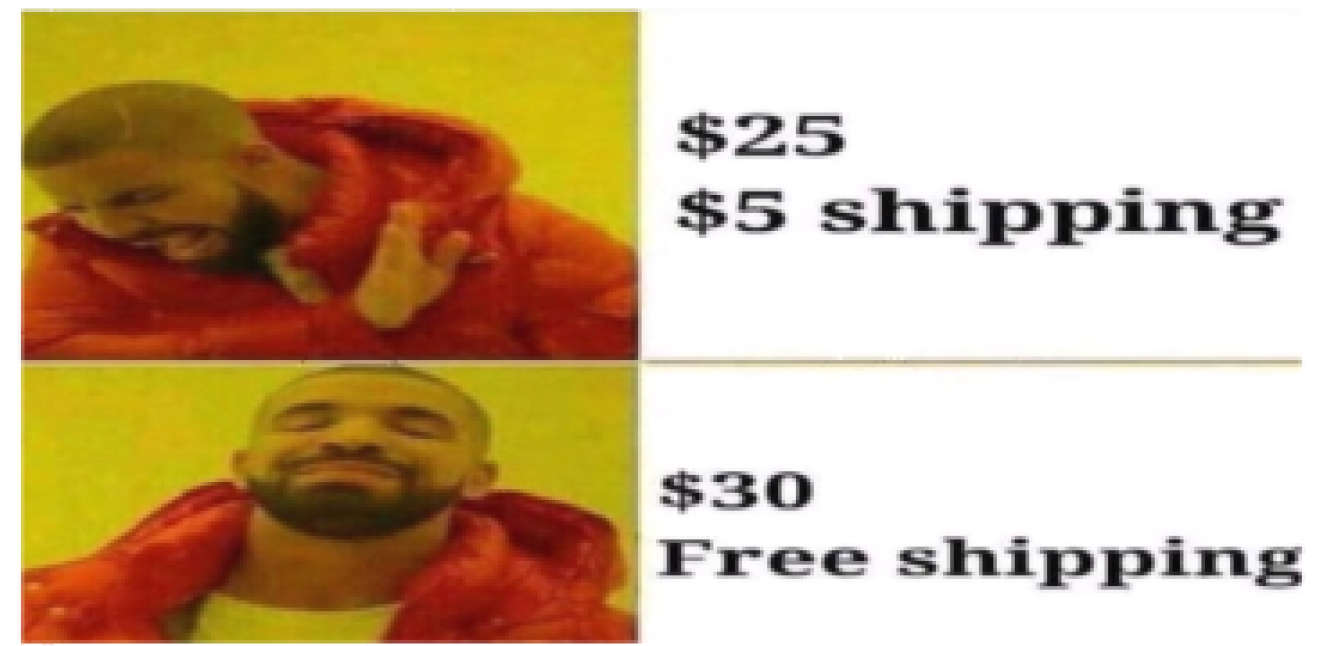
The trend of meme has become so ubiquitous that without meme, social media serves no fun to its audience and users. In India, meme holds immense power in shaping ideas and influencing opinions of general public, especially when it comes to political communication. Memes have escalated quickly, and this is because any issue that persists in the world, people find one or the other way to cater the issue and spread it out humorously. Social media and meme goes hand-in-hand where memes can be considered as a fuel which social media runs on, but have you ever thought about, the copyrights issues that would be involved in sharing a meme online or what the available defences for such copyright issues are? Let’s look at the different issues involved in creating and sharing a meme.
Merriam-Webster dictionary defines meme as, ”an idea, behaviour, style, or usage that spreads from person to person within a culture and an amusing or interesting item (such as a captioned picture or video) or genre of items that is spread widely online especially through social media.”

MEMES AND COPYRIGHT
Creation of meme comes under the ambit of artistic works defined under Section 2(c) of Indian Copyright Act, 1957. A copyright infringement or encroachment occurs when an image or a video has been shared without an authorization of the concerned owner and that has copyright wholly or partly falls under Section 2(m) (i) of Indian Copyright Act, 1957 being an “infringing copy”. An example below would help in better understanding:
The above meme is from a still of a Canadian rapper “Drake Graham” from his popular song “Hotline bling”.
In the former case the copyright vests in the hands of the producers of the song and if the producers wish to and are able to prove that it infringes their copyright, they can file for an adequate relief for copyright infringement.
While looking at the copyright issue there can be certain situations that might arise: First where the meme has been created by using images and videos, the copyrights of which vests with another person. Secondly whether the meme is originally created where copyrights vests with the person who has created the meme.
Section 14 (d) (i) of Indian Copyright Act, 1957 (in case of cinematograph film) however allows “to make a copy of the film, including a photograph of any image forming part thereof…” This means the creation of meme should be corroborated with a prior approval from the person (the producer in the above case) who has the copyright of the work that has to be taken as a meme material.
In case where the creator has created an original artistic work (meme) i;e.,without borrowing any material, in such a case sharing that particular meme would not lead to copyright infringement because that would be his original content.
DEFENCE FOR COPYRIGHT INFRINGEMENT
The doctrine of “fair use” comes to the rescue in cases of copyright infringement. It is a legitimate defence in cases which would otherwise amount to an infringement of copyright. A meme on internet is considered to be a derivative work and only the copyright owner has the legal right to create a derivative work. However, the copyrights of the owner isn’t absolute in nature. The person who creates a derivative work can use the defence of “fair use” to the claim of copyright infringement.
The doctrine of fair use provides a set of regulations for others to use the copyright work without seeking permission from the copyright owner which would not amount to infringement. Section 54(1) of Indian Copyright Act, 1957 provides “fair dealing with any work” it can be for personal or private use for research or for review and criticism. The doctrine does not give the right to use somebody else’s work instead it provides defence to the accused that the copyrighted work has been used fairly. Evaluating whether the person who has been accused of using the copyrighted work can use the defence of fair use can be complex. Nevertheless, the 4 parameters identified below, can be considered on a case-to-case basis, as to determine the defence of fair use:
1. The purpose of the use, including whether work is done for commercial purpose or non-profit organization
2. The nature of the copyrighted work
3. The amount of the work used
4. The effect of the use on the market for or value of the original work
Section 54(1) of the Indian Copyright Act, 1957 does not assert that a satire can qualify for the defence of doctrine of fair use however, the case of Kerala HC in Civic Chandran v Ammini Amma [1996 PTR 142] substantiate the fact that parody and satire, that copies from the original work for criticising, do not count as illegitimate use of the original work and thus qualify as “fair dealing with the work”
If a meme is created to harm the society in one or the other way or to generate revenues out of it than a problem may arise. For instance a parody or a satire can be used to criticise an original work but if the satire violates the Right to privacy of a person enshrined under Article 21 of the Constitution of India, it will render the creator incapable to exercise his defence of Right to freedom of speech and expression available under Article 19 of the Indian Constitution. The American case of Warner Bros corroborates one such situation of violation of rights in the case of copyright infringement where the party used the famous memes Nyan Cat and Keyboard Cats as characters in its video game Scribblenauts. A compensation of $100 million was faced by Warner bros for using a racist meme.
CONCLUSION
A meme should serve the purpose of fun and entertainment to the audience without violating rights of any individual and should not be created for the motive of commercial exploitation. A copyright infringement occurs when proper authorization and consent from the copyright owner is missing on the part of the creator of such a meme. It is advisable for young creators to seek proper approvals from the owners of the work prior to utilising the same. Creation of meme for amusement is fine but if used for the purpose of business or advertising one should procure necessary consents and license from the copyright owners to avoid facing any kind of legal liability.